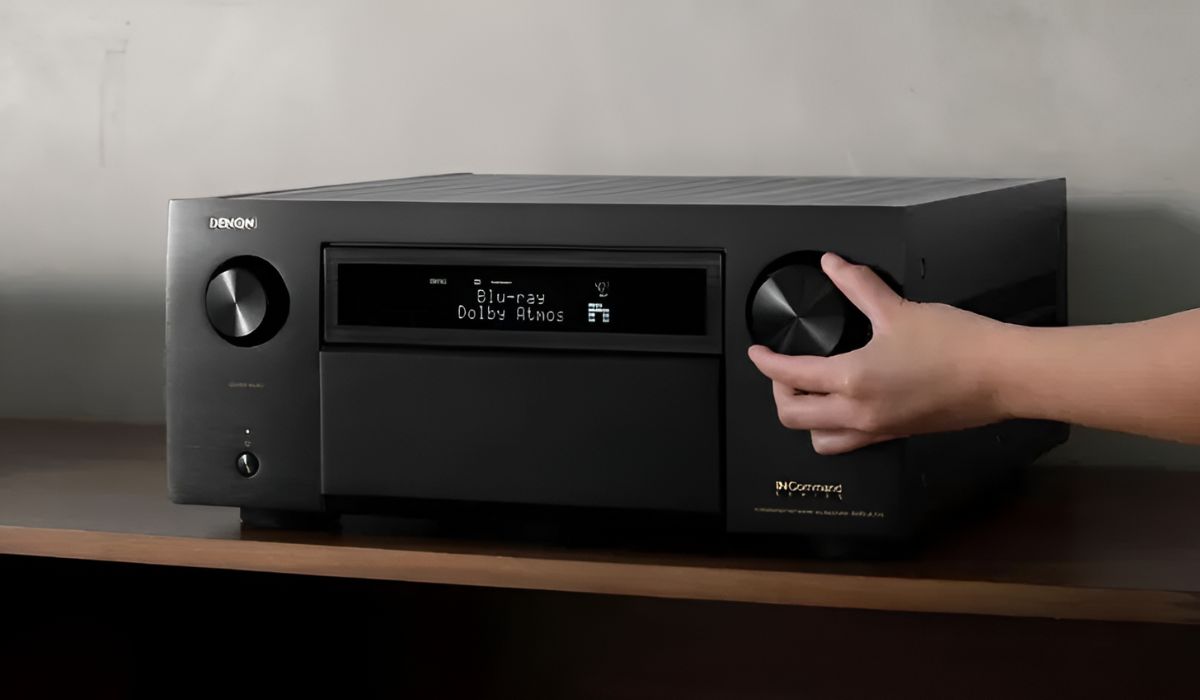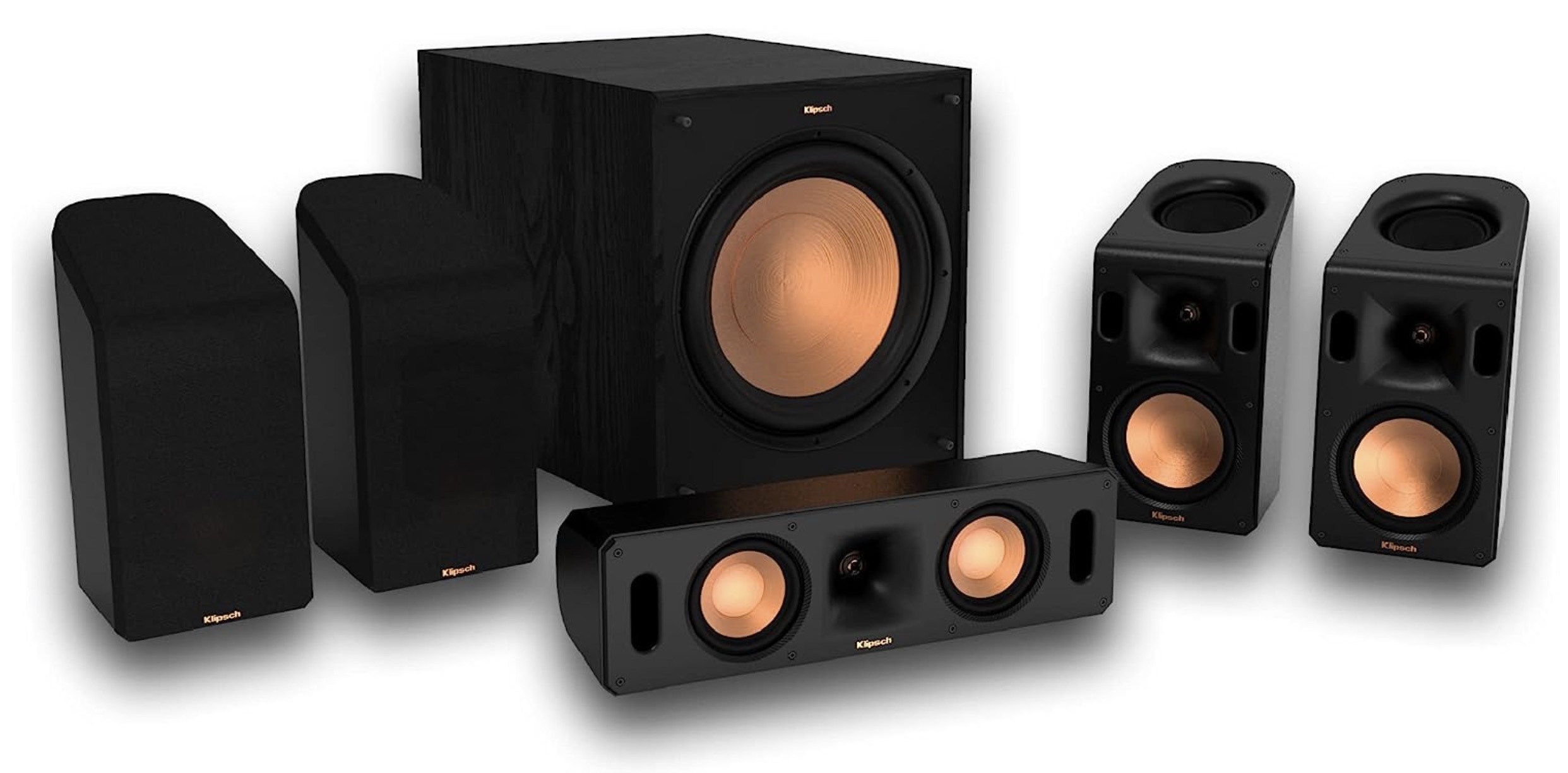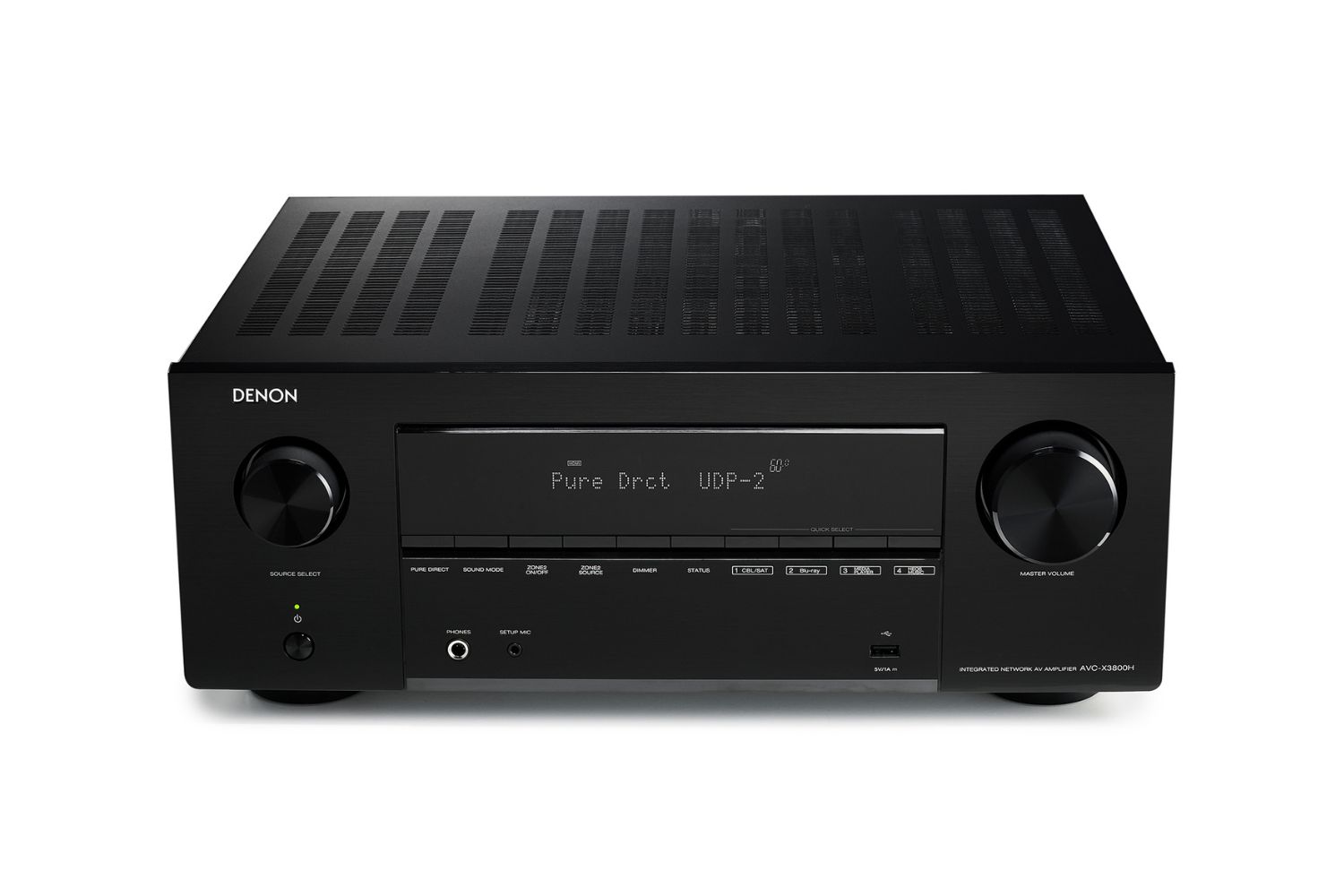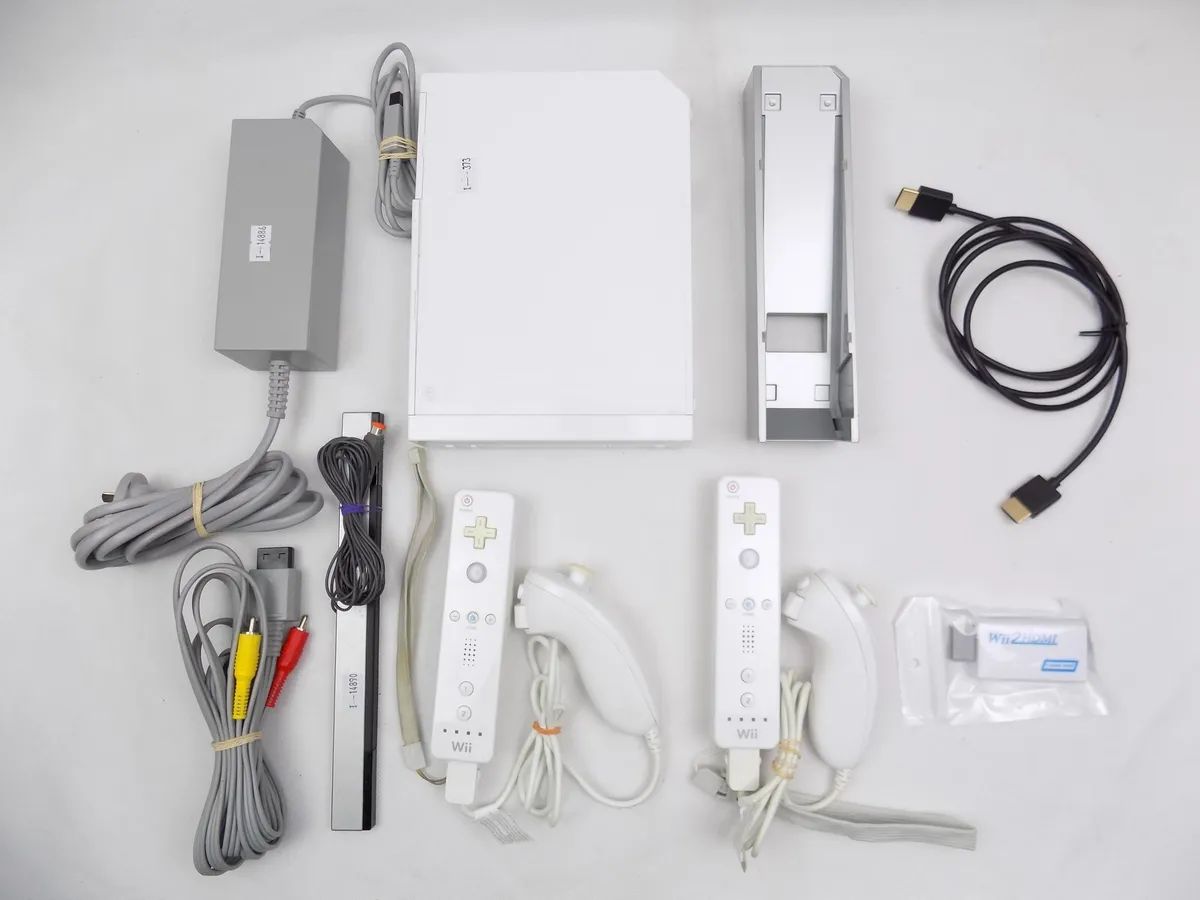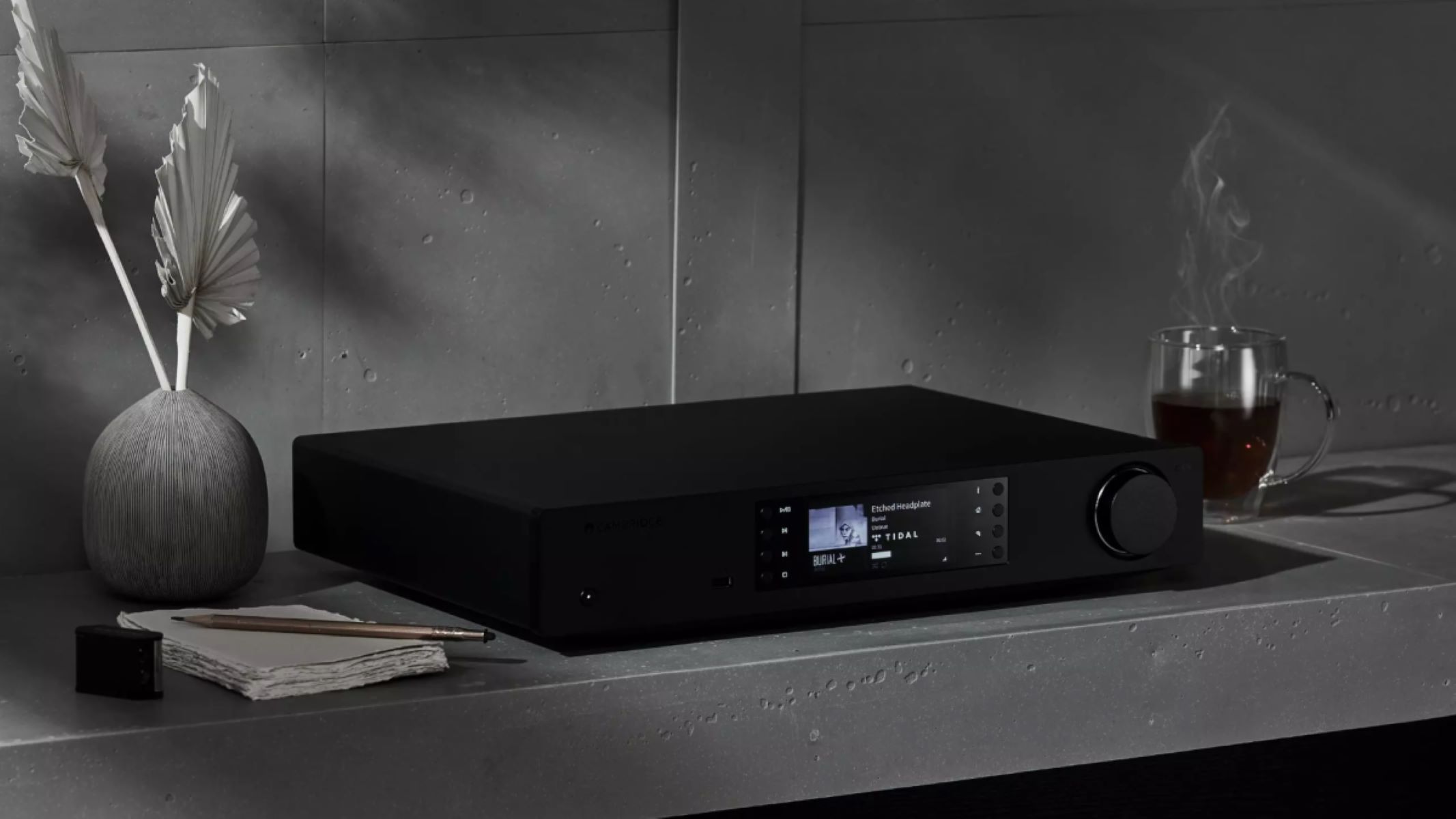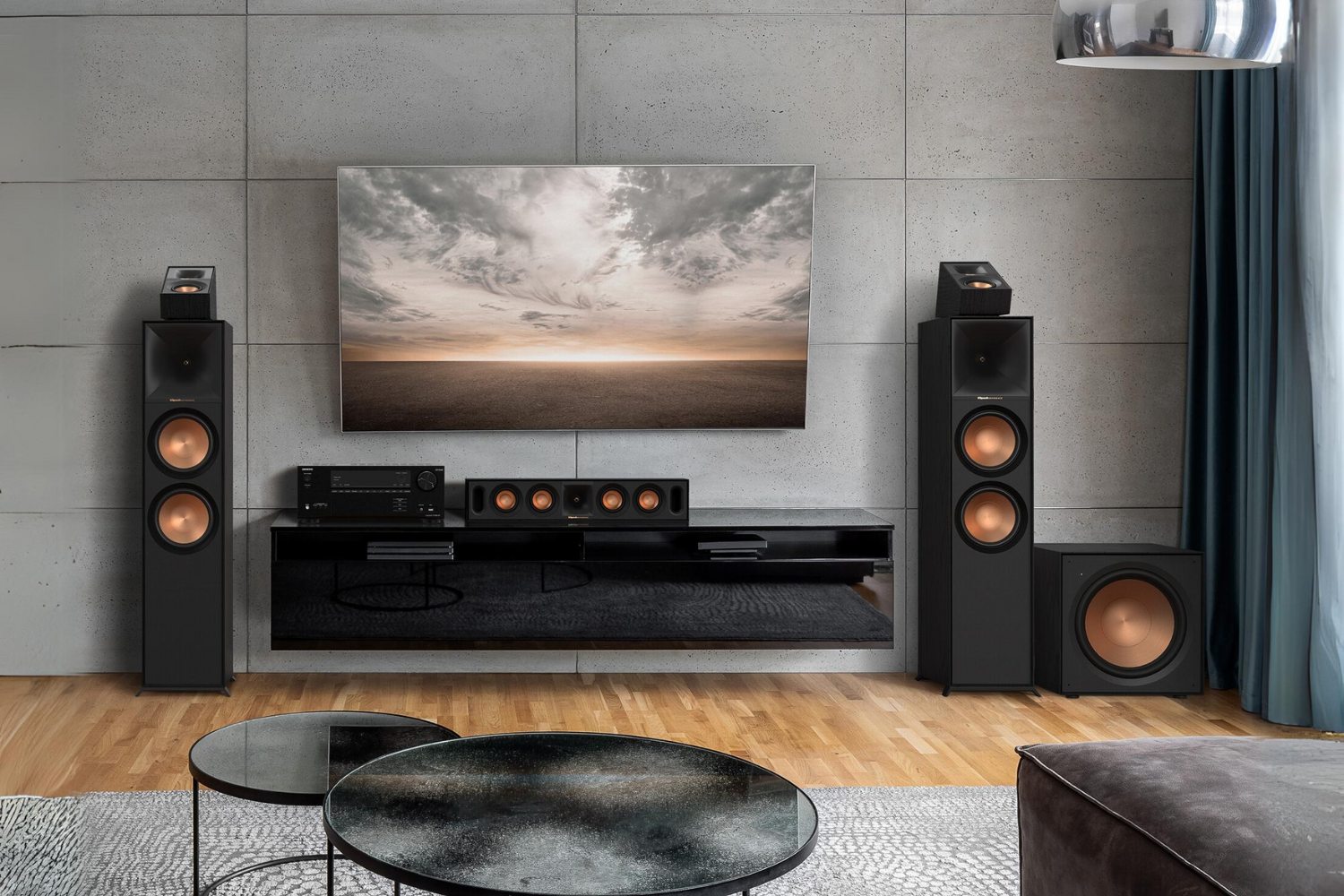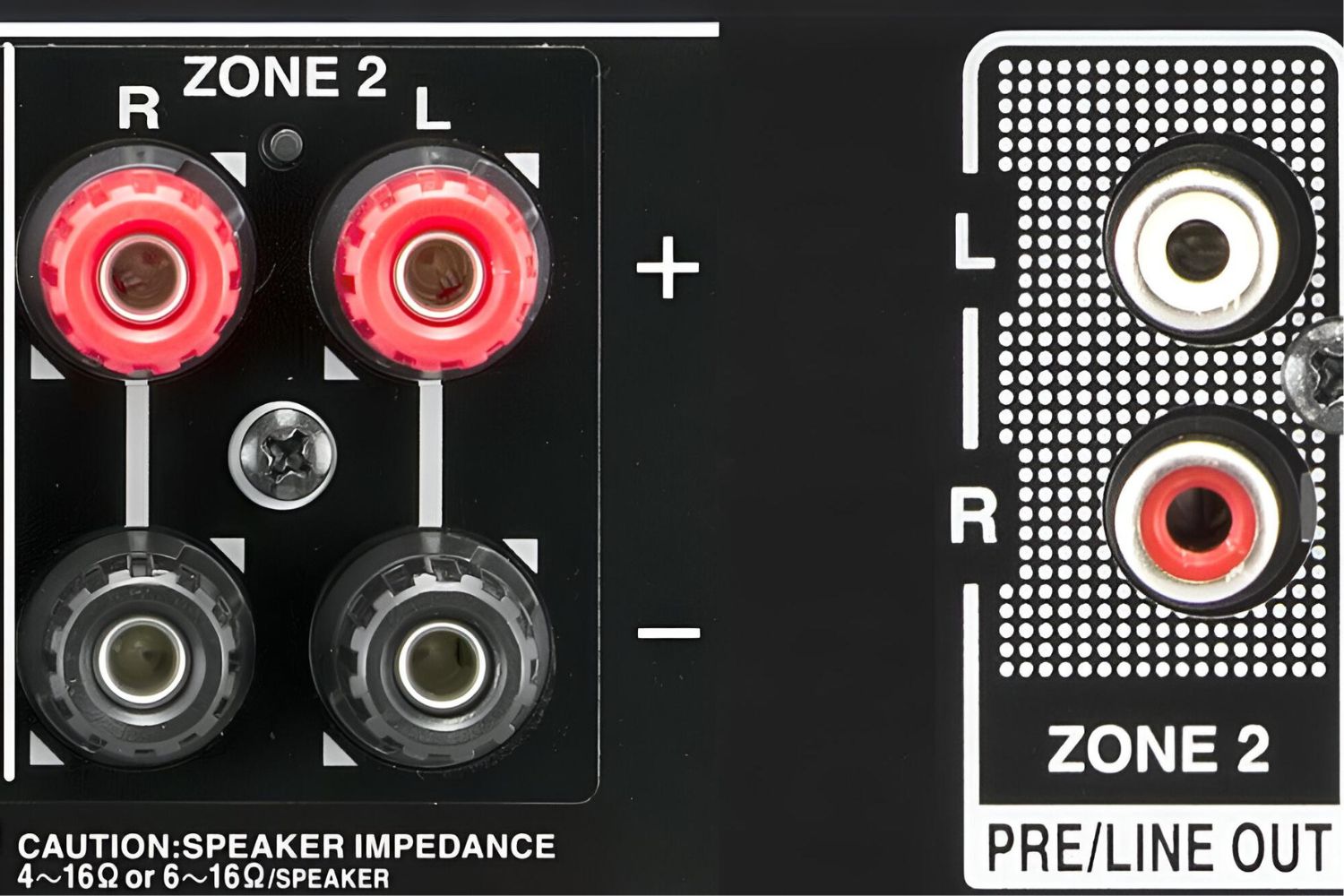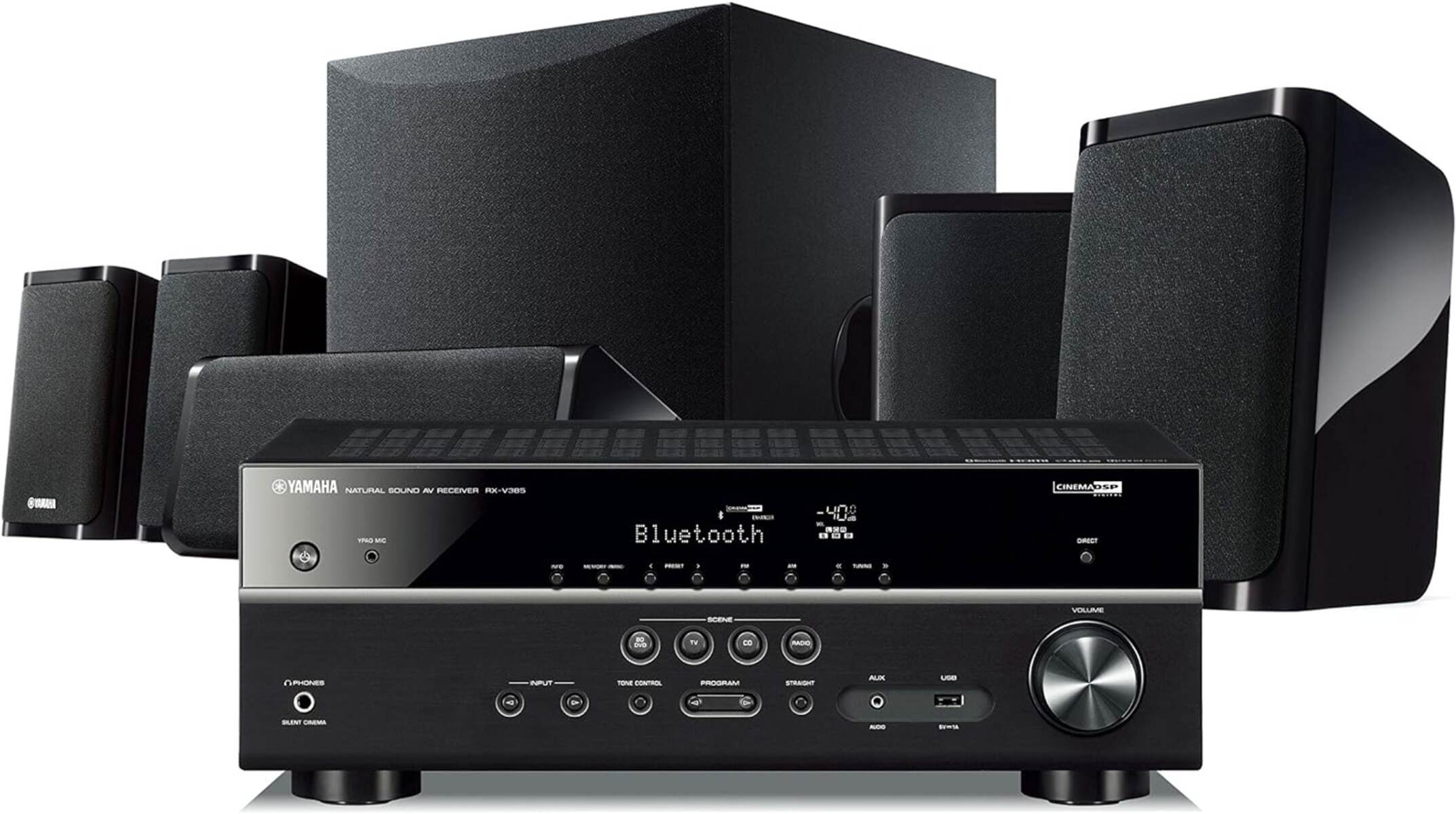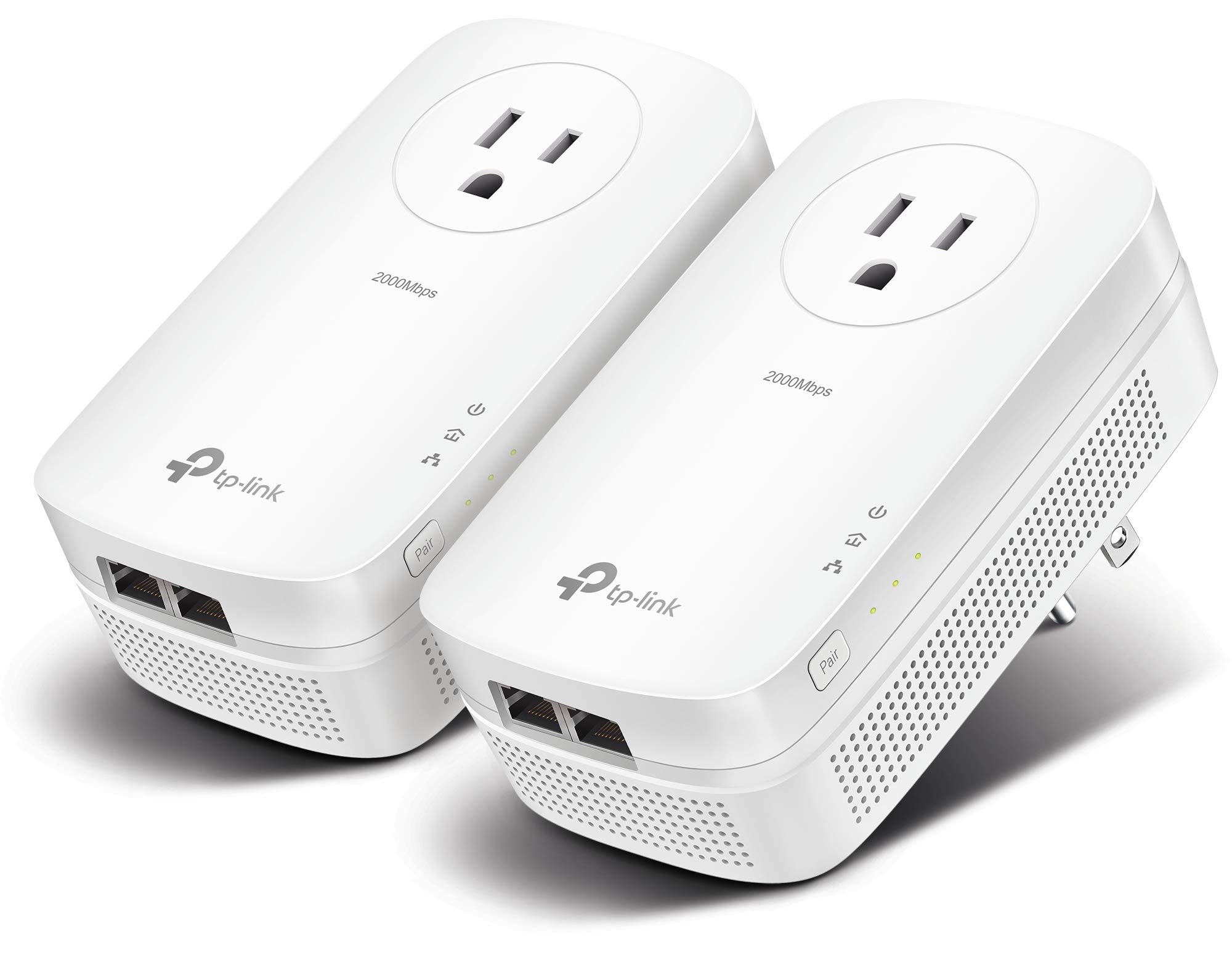Introduction
Understanding the Power Consumption of AV Receivers
AV receivers, also known as audio-video receivers, are the heart of a home theater system, providing a central connection point for all audio and video components. They are designed to amplify and process audio and video signals, delivering an immersive entertainment experience. However, many users are unaware of the power consumption of these devices and how it impacts their energy usage and costs.
Understanding the power consumption of AV receivers is crucial for both environmental sustainability and cost efficiency. By comprehending how much power these devices consume, users can make informed decisions about their energy usage and take steps to reduce their environmental footprint.
In this article, we will delve into the intricacies of power consumption in AV receivers, exploring the factors that influence their energy usage and providing insights into the average power consumption of these devices. Additionally, we will offer practical tips for reducing power consumption without compromising the audio-visual experience. Whether you are a home theater enthusiast, a tech-savvy consumer, or an individual conscious of energy conservation, this article will equip you with the knowledge to make informed decisions regarding the power usage of your AV receiver. Let's embark on a journey to unravel the mysteries of AV receiver power consumption and discover ways to optimize energy efficiency without sacrificing entertainment quality.
Understanding Power Consumption of AV Receivers
Power consumption refers to the amount of electrical energy that a device utilizes to perform its functions. When it comes to AV receivers, understanding their power consumption involves examining how much electricity they draw from the grid to operate efficiently. This is measured in watts and can vary based on several factors, including the device’s specifications, usage patterns, and environmental conditions.
AV receivers are designed to process audio and video signals, decode various formats, and amplify audio signals to drive speakers. As a result, they are equipped with powerful amplifiers, digital signal processors, and other circuitry, all of which contribute to their power consumption. Additionally, modern AV receivers often feature advanced connectivity options, such as Bluetooth, Wi-Fi, and network streaming capabilities, which can further impact their energy usage.
One crucial aspect of understanding power consumption is distinguishing between standby power and operational power. Standby power, also known as vampire power, refers to the energy consumed when the device is in standby or idle mode. While in standby mode, the AV receiver remains powered on to facilitate quick startup and respond to remote control commands. However, this standby power consumption can contribute significantly to the overall energy usage of the device, especially if it remains in standby mode for extended periods.
Operational power, on the other hand, is the energy consumed when the AV receiver is actively processing audio and video signals, amplifying audio, and performing other functions during regular use. This operational power consumption can vary based on factors such as volume levels, signal processing requirements, and the efficiency of the amplifier circuitry.
Understanding the distinction between standby and operational power consumption is essential for assessing the overall energy usage of an AV receiver. By comprehending these nuances, users can take proactive measures to minimize unnecessary power consumption and optimize the device’s energy efficiency.
Factors Affecting Power Consumption
The power consumption of AV receivers is influenced by a multitude of factors that collectively determine the device’s energy usage. Understanding these factors is crucial for users seeking to manage and optimize the power consumption of their AV receivers. Below, we explore the key elements that impact the energy usage of AV receivers:
- Amplifier Output: The amplifier output of an AV receiver, measured in watts per channel, directly affects its power consumption. Higher amplifier output ratings typically result in increased energy usage, especially when driving demanding speaker loads or operating at high volume levels.
- Efficiency of Amplifier Circuitry: The efficiency of the amplifier circuitry plays a significant role in power consumption. Amplifiers with higher efficiency ratings can deliver the same audio output with less power, contributing to overall energy savings.
- Signal Processing Demands: The complexity and intensity of audio and video signal processing can impact power consumption. Devices that perform extensive signal processing, such as decoding advanced audio formats or upscaling video signals, may consume more power during operation.
- Standby Power Draw: The standby power draw of an AV receiver, which sustains its readiness for quick activation, can contribute substantially to its overall energy usage. Minimizing standby power consumption through efficient standby modes or power-saving features is essential for reducing unnecessary energy consumption.
- Environmental Conditions: Ambient temperature and humidity can influence the power consumption of electronic devices, including AV receivers. Higher temperatures may lead to increased power usage as the device’s internal components work harder to maintain optimal performance.
- Usage Patterns: The frequency and duration of usage also impact power consumption. AV receivers used for extended periods or operated at high volume levels consistently will consume more energy than those used sparingly or at lower volumes.
By recognizing these factors and their implications on power consumption, users can make informed decisions to optimize energy efficiency, reduce unnecessary power usage, and minimize the environmental impact of their AV receivers.
Average Power Consumption of AV Receivers
When considering the average power consumption of AV receivers, it’s important to recognize that these devices exhibit varying energy usage patterns based on their specifications, usage scenarios, and operational modes. The power consumption of AV receivers is typically measured in watts and can fluctuate significantly depending on several factors.
On average, AV receivers consume approximately 200-500 watts during operation, with higher-end models or those with more robust amplifier sections tending toward the upper end of this range. Standby power consumption, which accounts for the energy used when the device is in standby mode, typically ranges from 0.5 to 2 watts, although some receivers may have higher standby power draw depending on their features and standby mode efficiency.
It’s important to note that the power consumption figures provided are general estimates, and actual energy usage can vary based on specific usage patterns, signal processing demands, and the efficiency of the amplifier circuitry. Additionally, environmental conditions and the device’s connectivity features can influence its power consumption, further contributing to variability in energy usage.
When comparing the power consumption of different AV receivers, users should consider the device’s specifications, including amplifier output, efficiency ratings, and standby power draw, to gain a comprehensive understanding of their energy efficiency. By evaluating these factors, consumers can make informed choices that align with their energy conservation goals and operational requirements.
Understanding the average power consumption of AV receivers empowers users to assess their energy usage, implement energy-saving practices, and select devices that align with their environmental sustainability objectives. By leveraging this knowledge, consumers can make conscientious decisions that promote energy efficiency without compromising the audio-visual performance of their home entertainment systems.
Tips for Reducing Power Consumption
Efficiently managing the power consumption of AV receivers is essential for minimizing energy usage and promoting environmental sustainability. By implementing the following tips, users can reduce power consumption without sacrificing the quality of their audio-visual experience:
- Opt for Energy-Efficient Models: When selecting an AV receiver, consider models with energy-efficient amplifier circuitry and standby modes. Look for devices that are ENERGY STAR certified or feature power-saving technologies to reduce overall energy consumption.
- Utilize Standby Modes Wisely: Take advantage of power-saving standby modes to minimize standby power draw. Configure the receiver to enter low-power standby modes when not in use, ensuring that it consumes minimal energy during idle periods.
- Manage Volume Levels: Operating the AV receiver at moderate volume levels can contribute to energy savings, as higher volume levels often require the amplifier to draw more power to drive the speakers. Enjoying audio content at reasonable volumes promotes energy efficiency.
- Implement Automated Power Management: Explore the use of automated power management features, such as timers or auto-off functions, to schedule the AV receiver’s operation and standby modes based on usage patterns. This can help minimize unnecessary power consumption during periods of inactivity.
- Optimize Signal Processing: Configure the AV receiver to optimize signal processing settings based on the source material. Unnecessary signal processing can increase power consumption, so adjusting the receiver’s settings to match the characteristics of the audio and video content can promote energy efficiency.
- Enhance Ventilation and Cooling: Ensure that the AV receiver has adequate ventilation and cooling to maintain optimal operating temperatures. Overheating can lead to increased power consumption, so proper airflow and cooling mechanisms are essential for energy efficiency.
- Consider Power Strips with Energy-Saving Features: Utilize power strips with energy-saving features to control the power supply to the AV receiver and connected components. Smart power strips can help minimize standby power draw and prevent energy wastage.
By incorporating these tips into their usage habits and device management strategies, users can effectively reduce the power consumption of their AV receivers while maintaining a fulfilling home entertainment experience. Embracing energy-efficient practices not only conserves resources but also contributes to lower energy costs and a reduced environmental impact.
Conclusion
Understanding the power consumption of AV receivers is paramount for consumers seeking to balance their entertainment needs with energy efficiency. By delving into the intricacies of power consumption, users can make informed decisions regarding device selection, usage patterns, and energy-saving practices, ultimately contributing to a more sustainable and cost-effective home entertainment setup.
From comprehending the factors that influence power consumption to exploring practical tips for reducing energy usage, this article has provided valuable insights into managing the power consumption of AV receivers. By considering amplifier output, efficiency ratings, standby power draw, and usage patterns, users can optimize the energy efficiency of their AV receivers without compromising audio-visual performance.
As technology continues to advance, the integration of energy-saving features and efficient amplifier circuitry in AV receivers offers consumers the opportunity to embrace eco-friendly entertainment solutions. By selecting energy-efficient models, utilizing standby modes judiciously, and implementing automated power management, users can actively contribute to energy conservation while enjoying immersive audio-visual experiences.
It is imperative for consumers to recognize the impact of their energy usage and strive to minimize unnecessary power consumption, not only for environmental stewardship but also for long-term cost savings. By adopting energy-efficient practices and leveraging the knowledge presented in this article, individuals can play a pivotal role in reducing their carbon footprint and promoting sustainable energy usage within their homes.
In conclusion, the power consumption of AV receivers is a multifaceted aspect that warrants attention and consideration. By embracing energy-efficient technologies and implementing mindful usage practices, consumers can achieve a harmonious balance between entertainment enjoyment and energy conservation, ultimately contributing to a greener and more sustainable future.







